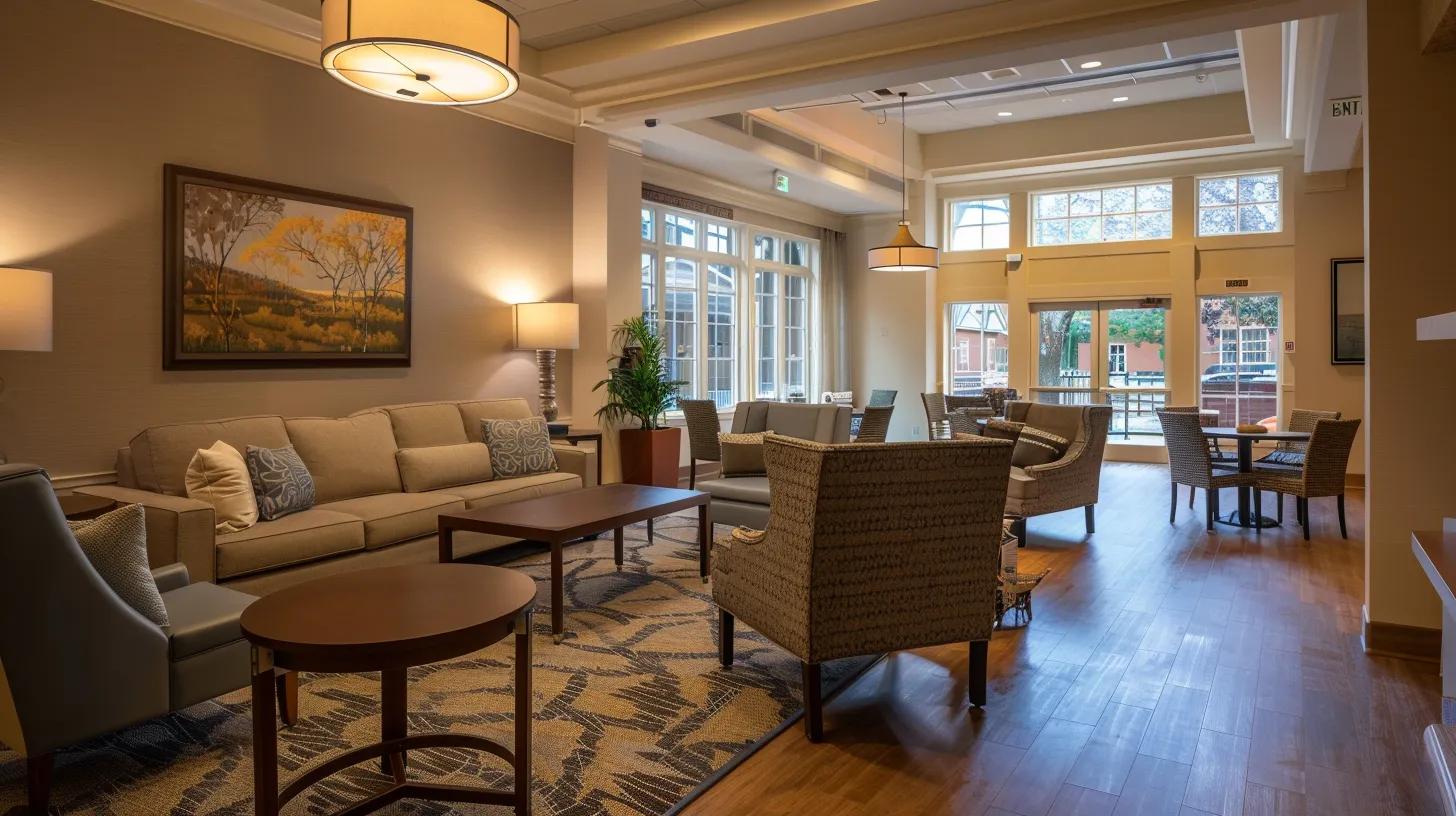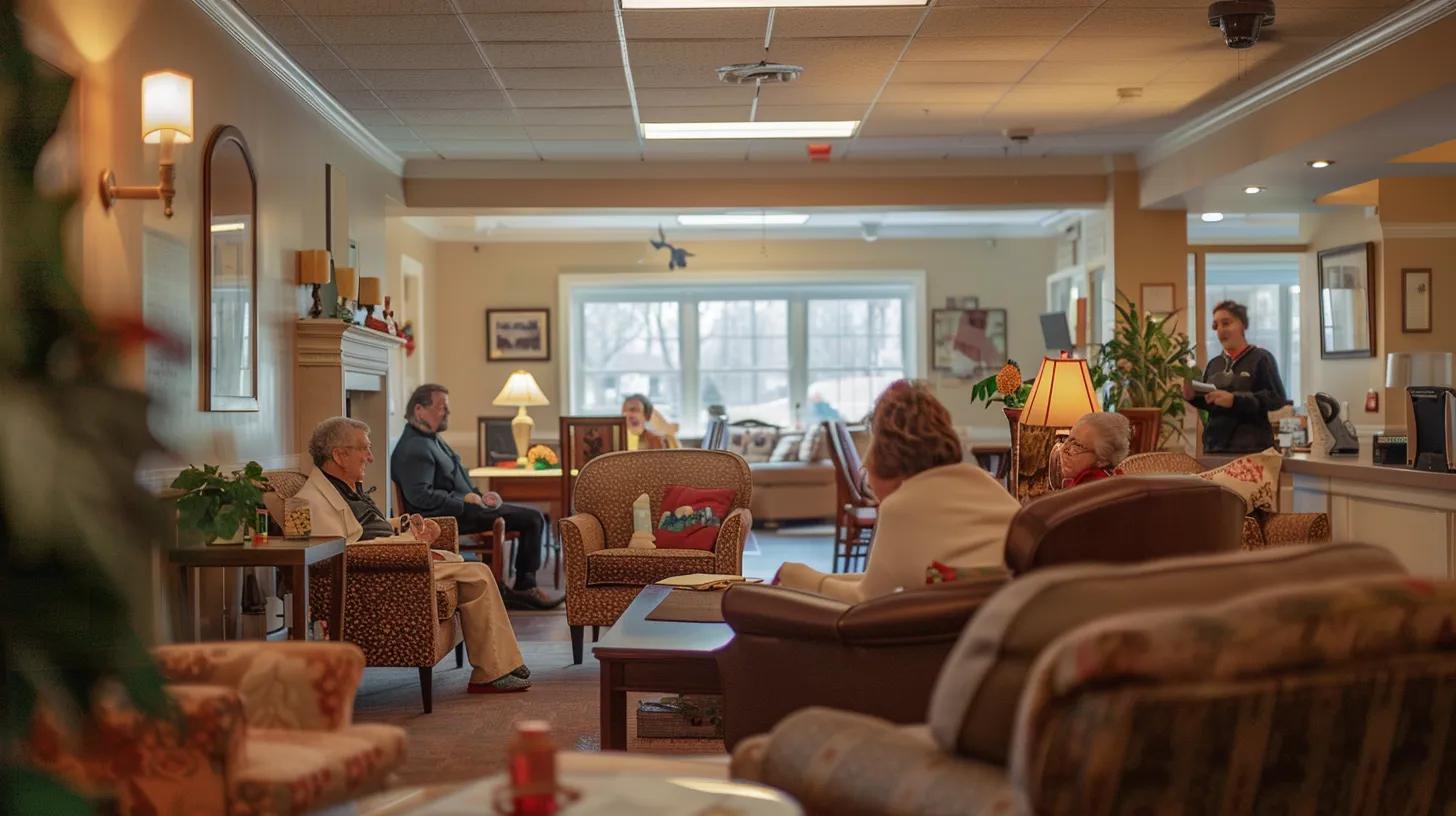Find a comprehensive guide to assisted living for dementia care, offering insights on services, support, and compassionate living environments for loved ones.
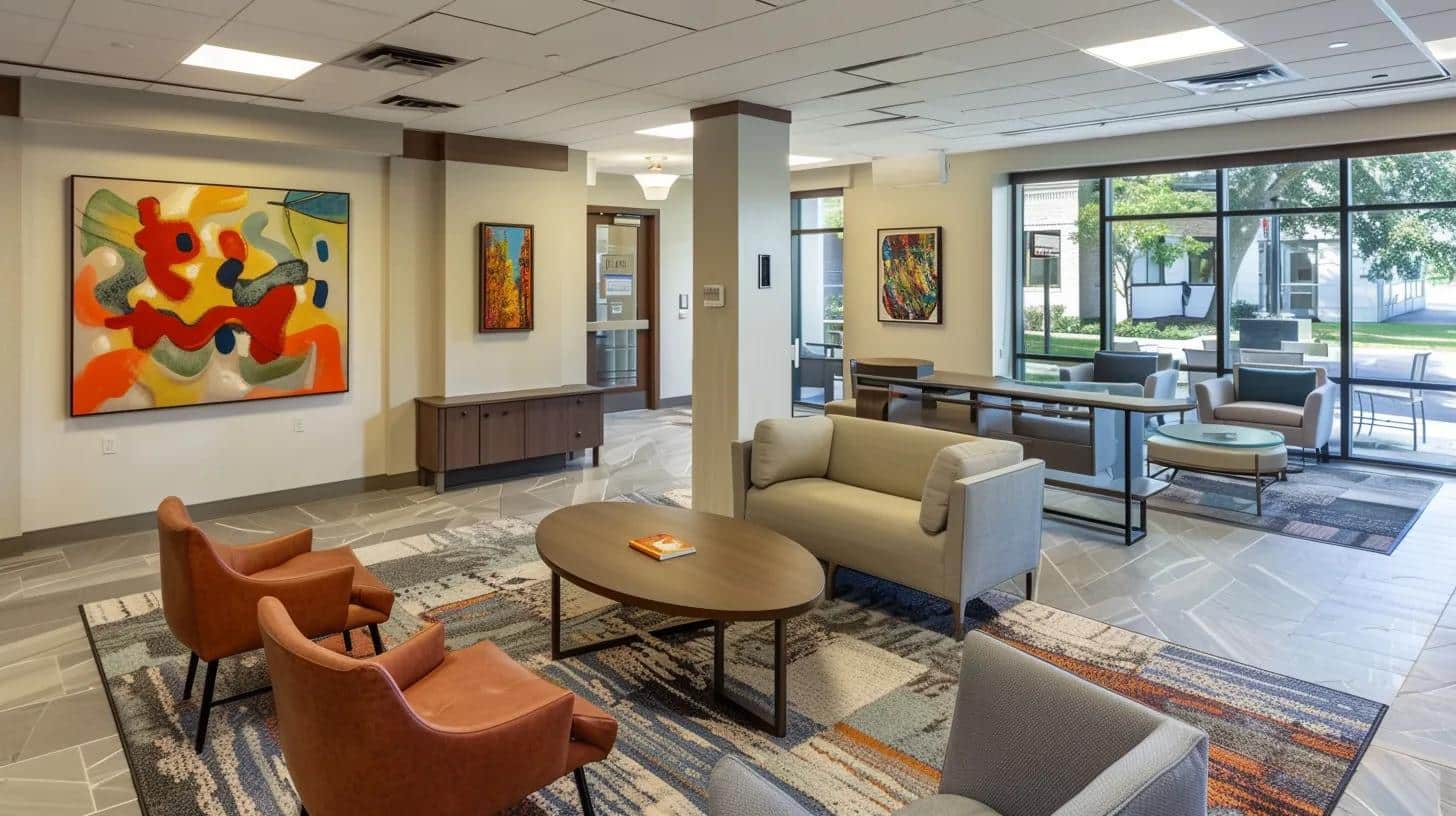
Memory Care Homes: Creating Comfort for Seniors
Memory Care Homes: Creating Comfort for Seniors
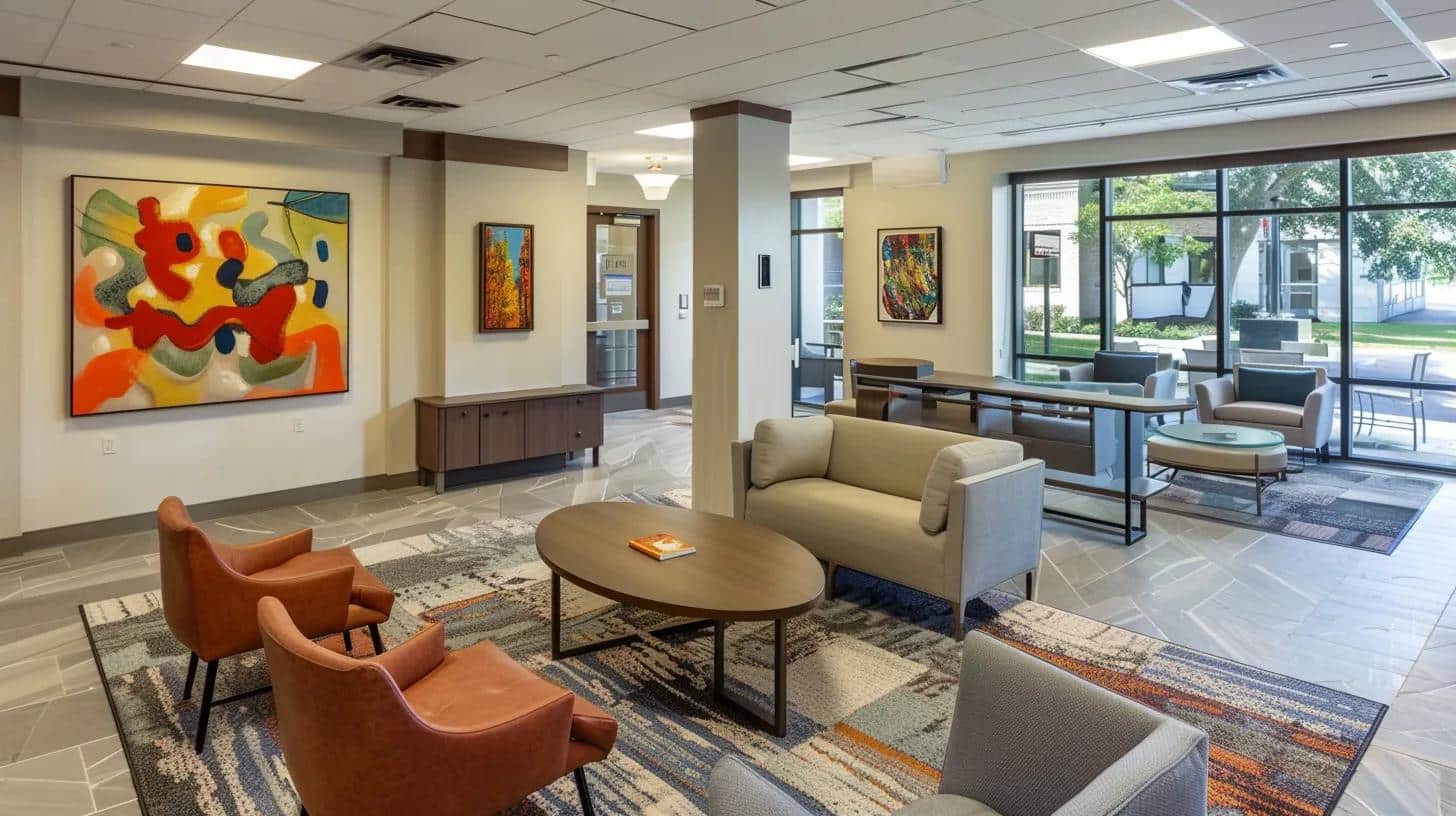
resident safetyMemory care homes
Memory Lane Michigan: Memory Care for Alzheimer’s & Dementia
The decision to transition a loved one from home care to a dedicated memory care home is one of the most challenging choices families face when managing dementia or Alzheimer’s disease. Memory care homes are designed to provide a safe, supportive, and nurturing environment for individuals experiencing cognitive decline. These facilities incorporate enhanced security measures, specialized programming, and individualized care routines to ensure residents maintain dignity while receiving personalized attention. By addressing the multifaceted needs of those with memory impairments, memory care homes improve quality of life and alleviate caregiver stress, allowing family members to focus on emotional support rather than daily challenges. This article provides an overview of memory care homes, their services, environments, and key factors families should consider when choosing a facility.
Navigate Key Topics in Memory Care Homes GuideTable Of Contents:
- Memory Care: Specialized Support for People With Alzheimer’s or Dementia
- Defining Memory Care Homes and Their Purpose
- Identifying When to Consider Memory Care Homes
- Core Services and Support in Memory Care Homes
- The Specialized Environment and Activities in Memory Care Homes
- Staff Expertise and Approach in Memory Care Homes
- Navigating the Selection and Financials of Memory Care Homes
- Frequently Asked Questions
- Final Thoughts
Defining Memory Care Homes and Their Purpose
Memory care homes are residential facilities offering specialized care for individuals with Alzheimer’s, dementia, or other cognitive impairments. They provide a familiar, secure, and structured environment that helps reduce residents’ anxiety while promoting overall well-being.
Understanding the Unique Environment of Memory Care Homes
These homes are carefully designed with residents’ special needs in mind. The physical layout minimizes hazards and confusion with features such as clear signage, color-coded hallways, and open floor plans. Warm décor and comfortable furniture create a homelike atmosphere that reduces anxiety and fosters social interaction. This secure and familiar environment is essential to promote mental stimulation and slow cognitive decline while ensuring
.
How Memory Care Homes Support Individuals With Cognitive Decline
Memory care facilities use evidence-based strategies to manage cognitive decline. Staff trained in dementia care implement personalized routines and therapy programs—like reminiscence therapy and cognitive exercises—to support memory and neural connections. Technology such as tracking devices and automated reminders further enhances safety and care, addressing not only physical needs but also emotional and psychological well-being.
Differentiating Memory Care Homes From Other Senior Living Options
Unlike traditional assisted living or nursing homes, memory care homes focus exclusively on individuals with memory impairments. They offer smaller, intimate environments with a higher caregiver-to-resident ratio. This focus allows for tailored therapeutic activities and specialized programming that general senior communities typically cannot provide. Such dedicated environments are critical for addressing the unique challenges of Alzheimer’s and dementia.
The Growing Importance of Specialized Memory Care Homes
With the rising prevalence of Alzheimer’s and other dementias, the need for memory care services is increasing. Research shows that structured environments and consistent caregiving improve quality of life and may slow disease progression. Memory care models address challenges such as wandering, agitation, and depression by combining medical oversight with emotional and cognitive support, ensuring that care adapts as the condition evolves.
Recognizing the Focus on Quality of Life in Memory Care Homes
Quality of life is at the heart of memory care. These facilities offer tailored care plans developed in collaboration with families and healthcare professionals. Structured daily routines, social interactions, and enrichment programs like art or music therapy help maintain autonomy and dignity. This holistic approach differentiates memory care from other care models by ensuring both physical and emotional needs are met.
Identifying When to Consider Memory Care Homes
Transitioning to a memory care home requires understanding when the home environment no longer meets the increasing needs of a person with dementia. Early identification of behavioral changes and safety issues can ease this transition.
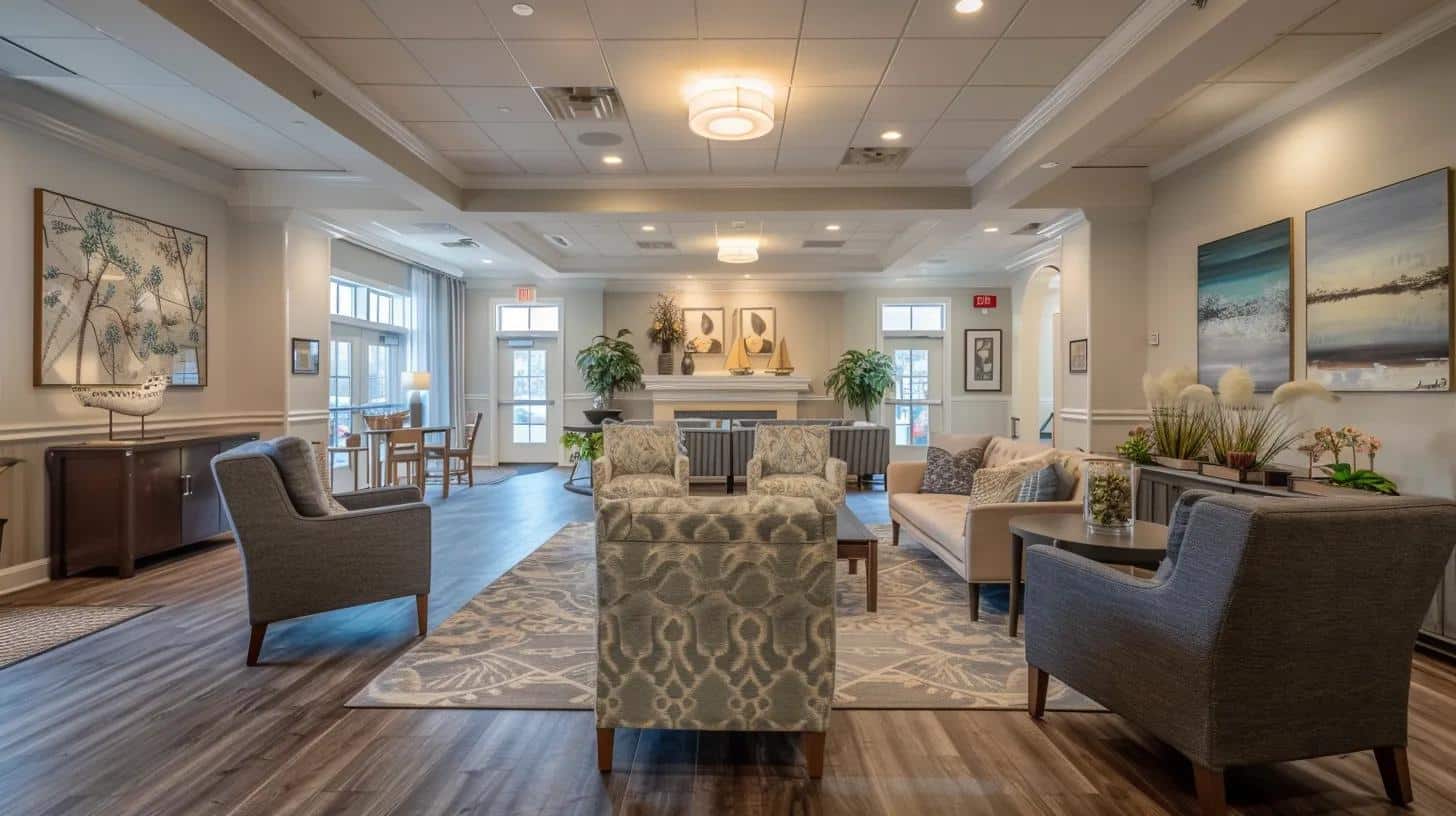
Assessing Safety Concerns at Home for Individuals With Dementia
As dementia progresses, behaviors such as wandering and confusion become more common, increasing risks of injury or getting lost. Although home modifications can help temporarily, they often do not fully address the risks.
provide enhanced safety features like secure entries and emergency response systems, making it easier to manage these risks effectively.
Recognizing Increased Care Needs Beyond Family Capabilities
When managing complex medication schedules, personal hygiene, and sudden behavioral changes like aggression, family caregivers can become overwhelmed. Memory care facilities have the trained staff and infrastructure to provide comprehensive care in a manner that relieves caregiver stress while ensuring the individual receives proper attention.
Evaluating the Progression of Alzheimer’s or Dementia Symptoms
Gradual increases in memory loss, disorientation, and difficulty performing routine tasks signal that more structured support may be needed. Memory care homes offer regular routines and specialized interventions, making them more suitable for individuals experiencing advanced symptoms and ensuring a smoother, safer transition.
How Memory Care Homes Address Wandering and Other Behaviors
Wandering is a frequent and dangerous issue in dementia care. Facilities use secure outdoor areas, monitored hallways, and tracking systems to quickly locate and guide residents back to safety. Structured activities further help limit wandering by keeping residents engaged in a controlled and stimulating environment.
The Impact of Caregiver Well-Being on the Decision for Memory Care Homes
Families often experience burnout while managing care at home due to the physical and emotional demands involved. Memory care homes alleviate this burden by taking on complex care responsibilities, allowing families more quality time with their loved ones without the stress of daily caregiving challenges.
Core Services and Support in Memory Care Homes
Memory care homes offer a range of specialized services designed to maintain dignity and ensure the well-being of residents through comprehensive and individualized care.
24-Hour Supervision and Personal Assistance in Memory Care Homes
These facilities provide round-the-clock supervision by professionals trained in dementia care. This continuous oversight ensures immediate assistance for emergencies, helps residents with daily activities, and monitors any changes in their health. Personalized support with tasks such as dressing and mobility is provided in an environment that prioritizes each resident’s needs.
Medication Management Protocols Within Memory Care Homes
Accurate medication management is critical for residents with multiple prescriptions. Memory care homes employ skilled staff and systematic protocols to store, schedule, and administer medications safely, reducing the risk of errors and adverse interactions while maintaining overall health stability.
Tailored Dining and Nutritional Support for Residents
Proper nutrition supports both physical and cognitive health. Facilities offer customized dining services that consider dietary restrictions and preferences while ensuring meals are appealing and nutritious. Designed dining spaces also provide a social setting that reinforces a sense of normalcy and well-being.
Assistance With Activities of Daily Living (ADLs) in Memory Care Homes
Residents often need help with everyday tasks such as bathing, dressing, and eating. Caregivers provide compassionate, individualized assistance that preserves dignity. By maintaining established routines and offering gentle support, these homes enable residents to retain as much independence as possible while meeting essential care needs.
Coordination of Medical and Health Services in Memory Care Homes
Memory care homes integrate a range of health services, including routine doctor visits, on-site nursing care, and coordination with local hospitals. Regularly updated care plans ensure that as health conditions change, therapies and medical interventions are promptly adjusted, reducing complications and enhancing residents’ quality of life.
The Specialized Environment and Activities in Memory Care Homes
These facilities create environments that are both secure and enriching, designed to support cognitive function, emotional stability, and social engagement.

Secure and Safe Physical Design of Memory Care Homes
The architectural design emphasizes safety with secure entry systems, alarmed exits, and unobtrusive cameras. Non-slip flooring, clear signage, and contrasting colors help residents navigate easily, while natural light and outdoor areas contribute to a calming atmosphere that supports both physical and mental well-being.
Cognitive Engagement Programs Offered in Memory Care Homes
Structured programs using puzzles, memory games, music therapy, and hands-on activities are key to slowing memory decline. These activities are tailored to each resident’s ability and are adapted over time. Regular cognitive exercises promote mental clarity and social interaction within an engaging environment.
Social Interaction and Community Building in Memory Care Homes
Maintaining social connections is vital. Organized group activities, communal dining, and recreational events reduce feelings of isolation and foster meaningful relationships. This sense of community supports mental health and contributes to a positive, inclusive living environment.
Therapeutic Activities Tailored for Memory Impairment
Therapies such as art and pet therapy and reminiscence sessions help evoke positive memories and maintain emotional stability. These carefully designed activities encourage self-expression and socialization, reducing anxiety and enhancing overall quality of life.
The Role of Routine and Structure in Daily Life at Memory Care Homes
A consistent routine provides comfort and reduces confusion. Regular meal times, personal care, and scheduled activities not only minimize agitation but also help caregivers monitor changes in health and mood. A predictable schedule fosters a secure and calming environment conducive to improved mental well-being.
Staff Expertise and Approach in Memory Care Homes
The quality of care in memory care homes greatly depends on staff expertise. Staff receive specialized training focused on person-centered care, ensuring each resident is treated with empathy, respect, and individualized attention.
Specialized Training for Staff in Dementia and Alzheimer’s Care
Caregivers undergo extensive training in understanding the progression of cognitive decline and managing behavioral symptoms without relying on medications. Regularly updated training ensures staff are proficient in non-pharmacological interventions and can adapt their care to meet evolving needs.
Person-Centered Care Philosophies in Memory Care Homes
Staff focus on treating residents as individuals by respecting personal histories and preferences. This approach fosters a supportive relationship that enhances therapeutic outcomes and builds trust, ultimately contributing to improved emotional stability. memory care services.
Communication Techniques for Interacting With Residents With Memory Loss
Effective communication is fundamental. Staff are trained to use simple, direct language, maintain eye contact, and allow extra time for responses. These techniques, alongside careful attention to non-verbal cues, ensure interactions are respectful, calm, and clear, reducing frustration and behavioral agitation.
Managing Behavioral Symptoms With Compassion and Skill
When residents experience aggression, anxiety, or agitation, staff use de-escalation techniques and environmental adjustments to calm situations respectfully. Understanding the underlying triggers allows caregivers to offer tailored interventions that promote a serene and secure setting.
Family Involvement and Support Programs in Memory Care Homes
Memory care homes prioritize family engagement by organizing support groups, educational sessions, and regular consultations. This collaboration enhances care consistency, ensuring that each resident’s personal history influences daily routines and care decisions.
Navigating the Selection and Financials of Memory Care Homes
Choosing the right memory care home involves a careful evaluation of facility quality, costs, and regulatory compliance. Families must balance comprehensive care with financial considerations. For more information, visit our memory care services.

Key Factors to Evaluate When Choosing Memory Care Homes
Families should assess staff training, the physical environment, programming quality, and overall care culture. Visiting facilities, checking staff credentials, and asking about daily routines and safety protocols can provide valuable insights. Reviews and accreditation further help determine the facility’s reliability and suitability.
Understanding the Costs Associated With Memory Care Homes
Typically, memory care costs more than traditional assisted living due to the specialized services provided and higher caregiver ratios. Transparent breakdowns of monthly fees, which cover room, board, medications, and specialized activities, are essential. Understanding these costs helps families plan financially and avoid unexpected expenses.
Exploring Financial Assistance and Payment Options for Memory Care Homes
Many resources, including long-term care insurance, veteran benefits, Medicaid, or state-funded programs, may help offset costs. Some facilities offer sliding scale fees or flexible payment plans. Families should discuss all available options with facility administrators and financial advisors specializing in elder care.
Questions to Ask During a Tour of Memory Care Homes
During a facility tour, families should inquire about staffing ratios, safety protocols, daily routines, emergency procedures, and opportunities for social and cognitive engagement. Questions about licensing, staff credentials, and family feedback also help ensure the facility can meet the specific needs of a loved one.
The Importance of Licensing and Certification for Memory Care Homes
Proper licensing and certification indicate adherence to strict standards in staff training, safety, and facility maintenance. Families should verify current licensing status with local agencies and review inspection reports to ensure the home meets regulatory requirements and quality standards.
Frequently Asked Questions
Q: What distinguishes memory care homes from other senior living options? A: Memory care homes are specially designed for individuals with Alzheimer’s or dementia. They offer secure environments, 24-hour supervision, and tailored programs focused on cognitive and social engagement, unlike standard assisted living facilities.
Q: How can families determine if it’s time to consider memory care for a loved one? A: Signs include frequent confusion, wandering, difficulty with daily tasks, and increasing safety concerns. If home modifications and family care become overwhelming, it may be time to transition to a memory care home.
Q: What types of activities support cognitive function in memory care homes? A: Activities such as puzzles, art and music therapy, reminiscence sessions, and structured social interactions help stimulate the brain, improve mood, and reduce anxiety.
Q: How do memory care homes ensure the safety of residents prone to wandering? A: Facilities use secure access controls, alarmed exits, continuous monitoring, and engaging activities that reduce disorientation, ensuring that any wandering is promptly and safely managed.
Q: Can the costs of memory care be offset by financial assistance programs? A: Yes, options such as long-term care insurance, Medicaid, veteran benefits, and state-funded programs may help. Some homes also offer flexible payment plans or sliding scale fees.
Q: What role does staff training play in the quality of care in memory care homes? A: Specialized training allows caregivers to manage dementia and behavioral symptoms with compassion and skill. Ongoing education and person-centered care methods ensure that every resident receives individualized, high-quality attention.
Q: How can families evaluate a memory care facility during a tour? A: Families should ask about staffing ratios, safety measures, daily routines, and resident engagement programs, and observe the physical environment. Feedback from current residents’ families and verification of licensing are also important.
Final Thoughts
Memory care homes provide specialized, compassionate environments that address the complex needs of individuals with Alzheimer’s and dementia. By offering tailored care, round-the-clock supervision, targeted activities, and professional support, these homes relieve caregiver stress while ensuring that residents maintain dignity and enjoy a good quality of life. Thoughtful evaluation of safety features, cost considerations, and facility standards is essential when choosing a memory care home. As the demand for specialized dementia care grows, these facilities remain invaluable resources for families seeking trusted, high-quality care.
